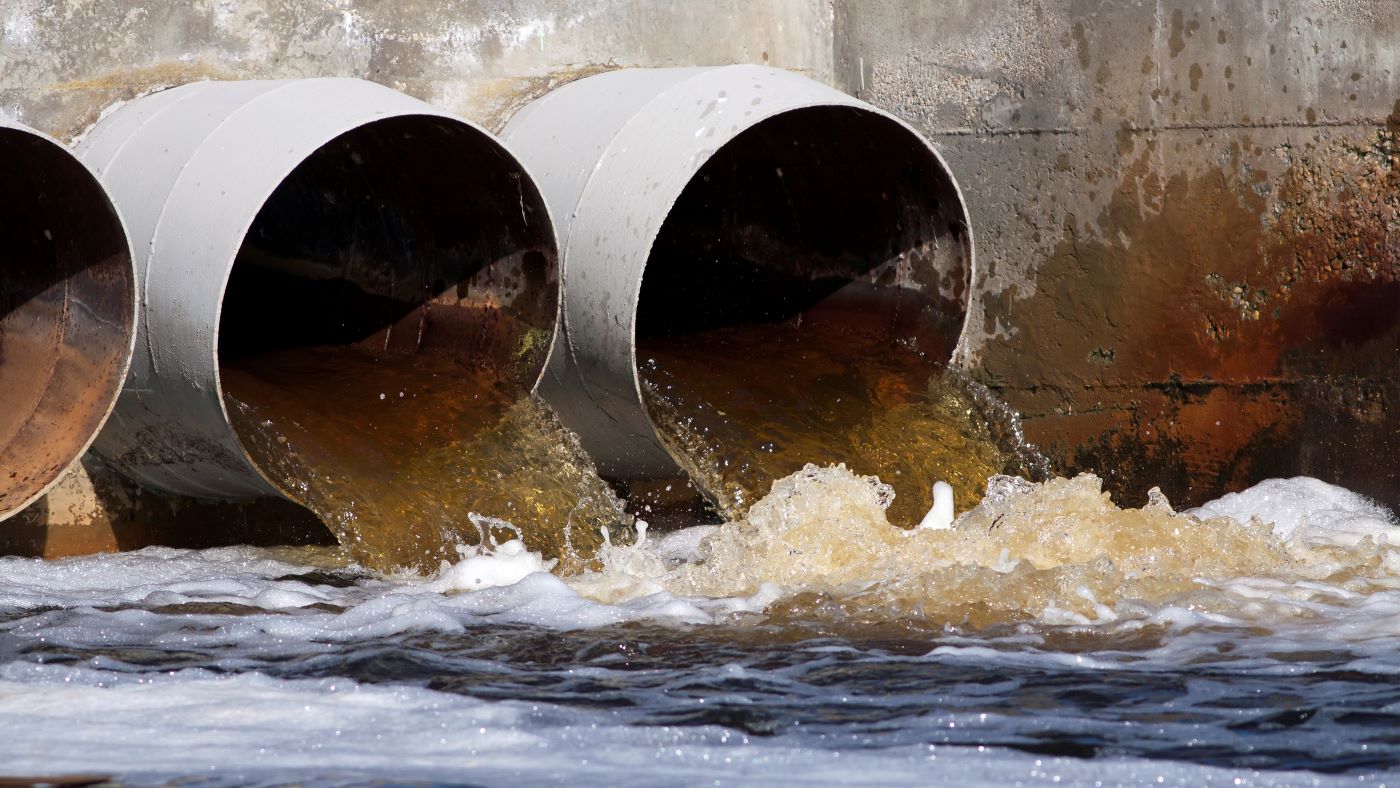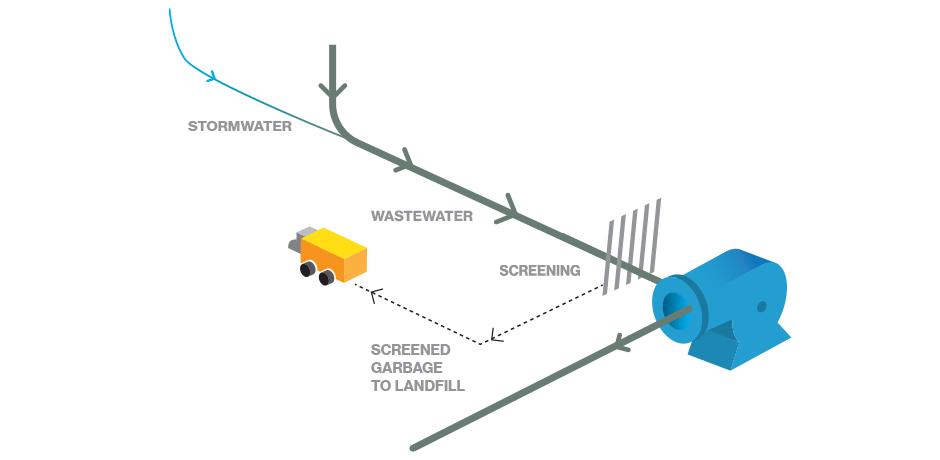Cost-Effective Solutions for Large-Scale Waste Water Treatment Facilities
Cost-Effective Solutions for Large-Scale Waste Water Treatment Facilities
Blog Article
Optimizing Waste Water Treatment Procedures: Techniques for Improved Water Top Quality and Resource Healing
In the world of wastewater treatment, the mission for enhancing effectiveness and sustainability via process optimization is a continuous search that holds immense value. By developing in on methods tailored to raise water top quality while at the same time using valuable sources, therapy plants can address pressing environmental worries while opening financial benefits. From advanced innovations to cutting-edge resource healing techniques, the landscape of wastewater therapy is advancing rapidly. As we explore the ins and outs of maximizing these processes, a world of possibilities emerges that guarantees not just cleaner water yet also a much more lasting future.
Significance of Refine Optimization
Maximizing drainage therapy procedures through careful process optimization is essential for optimizing efficiency and making sure ecological sustainability. By fine-tuning each step of the treatment procedure, from initial consumption to final discharge, water therapy facilities can accomplish higher degrees of pollutant removal, reduce power intake, and lessen the generation of waste spin-offs. Process optimization entails assessing crucial efficiency signs, such as hydraulic retention times, sludge retention times, and nutrient levels, to identify areas for renovation and apply targeted options.
Reliable procedure optimization not just boosts the general performance of drainage treatment plants yet likewise contributes to set you back savings and regulatory conformity. By optimizing procedures, operators can attain higher treatment capacities without the demand for considerable framework investments. Additionally, enhanced therapy effectiveness causes cleaner effluent discharge, decreasing the ecological influence on obtaining water bodies and ecological communities.

Advanced Therapy Technologies
In the realm of drainage treatment, the execution of advanced treatment modern technologies plays a critical function in boosting the overall performance and efficiency of the treatment procedures. These sophisticated technologies use cutting-edge solutions to deal with intricate impurities present in wastewater streams, making sure the elimination of toxins to meet strict water high quality criteria. Advanced therapy procedures such as membrane bioreactors, ozonation, advanced oxidation processes, and reverse osmosis allow the thorough removal of pollutants, consisting of emerging pollutants like pharmaceuticals and personal care items.
Moreover, these technologies help with source recuperation by removing important products such as phosphorus, nitrogen, and power from the wastewater. Advanced nutrient removal innovations can recoup phosphorus and nitrogen for reuse in farming plant foods, while power recuperation systems like anaerobic food digestion can harness biogas for electricity generation. By incorporating advanced treatment technologies into wastewater treatment plants, drivers can boost water top quality, lower ecological influence, and move in the direction of an extra resource-efficient and sustainable approach to wastewater monitoring.
Source Healing Techniques
Resource recovery strategies in wastewater treatment procedures play a critical function in optimizing the usage of valuable sources included within wastewater streams. These strategies goal to extract and reuse products such as nutrients, energy, and water from the wastewater, transforming what was once taken into consideration waste into beneficial resources. One usual resource recuperation method is the extraction of nutrients like phosphorus and nitrogen from wastewater for reuse as plant foods or in industrial processes. In addition, energy recuperation methods such as anaerobic food digestion and biogas production assistance harness the energy capacity of raw material in wastewater to generate power or warm.
Water healing strategies, such as membrane innovations and progressed filtration systems, allow the therapy and reuse of water for non-potable applications like watering or commercial procedures. By applying resource healing strategies in wastewater therapy plants, not only can important resources be saved and recycled, yet the total sustainability and efficiency of the treatment process can be dramatically boosted. As the concentrate on resource shortage and environmental sustainability proceeds to expand, the relevance of incorporating resource recovery techniques into wastewater treatment processes ends up being progressively noticeable.
Lasting Practices in Wastewater Treatment
Executing sustainable methods in wastewater treatment centers is essential for enhancing environmental stewardship and lasting operational efficiency. Sustainable methods in wastewater treatment include a series of strategies focused on lessening the ecological impact of treatment processes while making the most of resource recovery. One crucial facet of sustainable wastewater treatment is the implementation of energy-efficient modern technologies to reduce the carbon impact of therapy plants. This can consist of the usage of sustainable power sources such as solar or wind power, in addition to the optimization of existing processes to reduce power usage.
In addition, the adoption of innovative treatment technologies that advertise water reuse and recycling plays a vital function in lasting wastewater administration. By treating wastewater to a high standard, it can be repurposed for numerous non-potable applications, such as irrigation, commercial processes, and also drinkable water production in many cases. This not just conserves valuable freshwater sources however also reduces the quantity of effluent discharged into the setting.

Study on Effective Optimization
As wastewater therapy centers progressively concentrate on lasting methods, real-world study showcasing effective optimization methods function as very useful versions for sector advancement. One such study focuses on the execution of advanced nutrient removal innovations in a community wastewater treatment plant. By incorporating organic nutrient elimination processes and optimizing operational criteria, the center accomplished significant reductions in nitrogen and phosphorus degrees released into receiving waters, ultimately boosting total water high quality.
One more noteworthy study entails the combination of anaerobic digestion systems in an industrial wastewater treatment plant to boost power healing and resource effectiveness (Waste Water Treatment). Through the digestion of natural waste products, the center not just created biogas for power manufacturing however also lowered the quantity of sludge requiring disposal. This dual advantage not only improved the plant's sustainability efficiency yet additionally caused expense savings
These successful optimization strategies show the possibility for wastewater therapy centers to accomplish both financial and ecological benefits with ingenious approaches and reliable procedures. By gaining from these study, sector specialists can further optimize their own procedures to improve water quality and resource recuperation.
Conclusion
In verdict, optimizing drainage treatment processes with advanced technologies, resource recuperation techniques, and lasting techniques is important for boosting water quality and optimizing resource recuperation. Waste Water Treatment. Study have actually demonstrated successful implementation of optimization methods in More Help various wastewater therapy centers. By remaining to prioritize process optimization, we can make certain efficient and efficient therapy of wastewater, ultimately bring about a more lasting and eco friendly approach to taking care of water sources
By fine-tuning each action of the therapy procedure, their website from initial intake to final discharge, water treatment centers can attain greater degrees of impurity elimination, lower power intake, and decrease the generation of waste byproducts.In the realm of waste water treatment, the implementation of sophisticated therapy technologies plays a pivotal function in improving the total performance and effectiveness of the treatment procedures. By integrating innovative treatment innovations right into wastewater therapy plants, drivers can improve water high quality, minimize ecological influence, and move in the direction of an extra resource-efficient and sustainable strategy to wastewater management.
By applying source healing techniques in wastewater treatment plants, not just can important sources be preserved and reused, yet the overall sustainability and efficiency of the therapy process can be substantially boosted. Lasting practices in wastewater treatment encompass an array of techniques intended at reducing the ecological influence of treatment procedures while taking full advantage of resource website here recovery.
Report this page